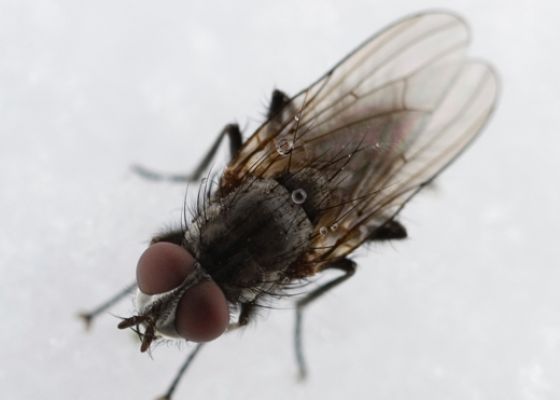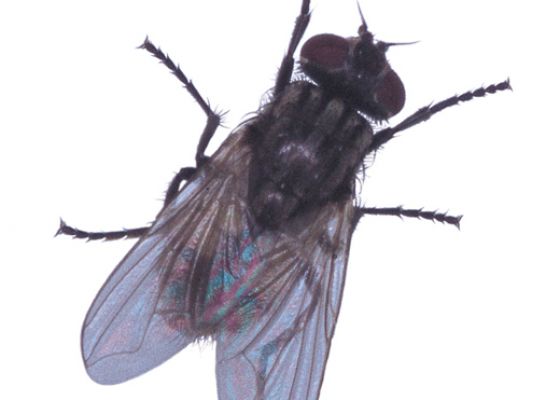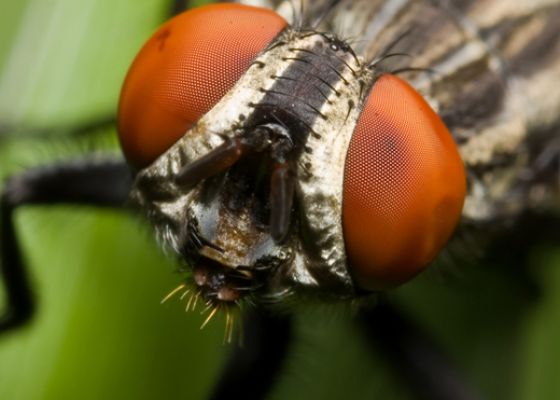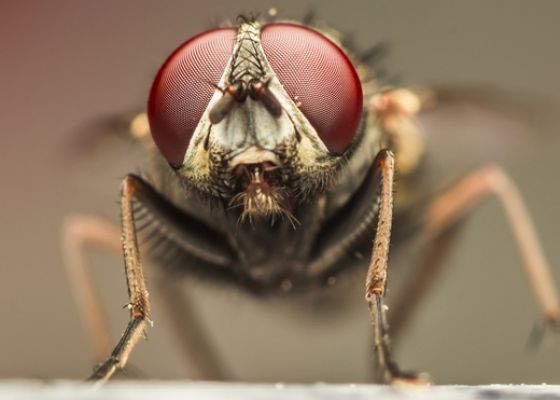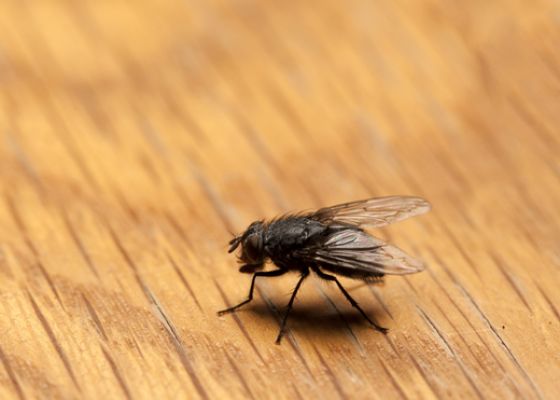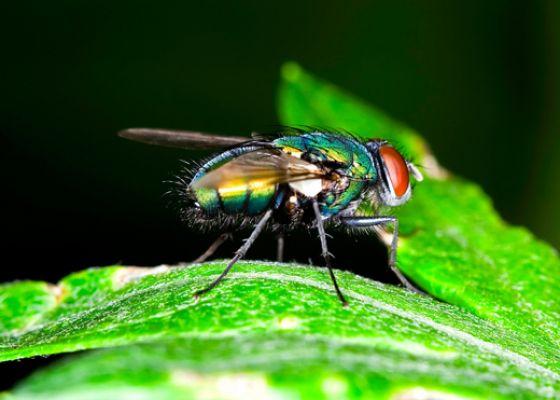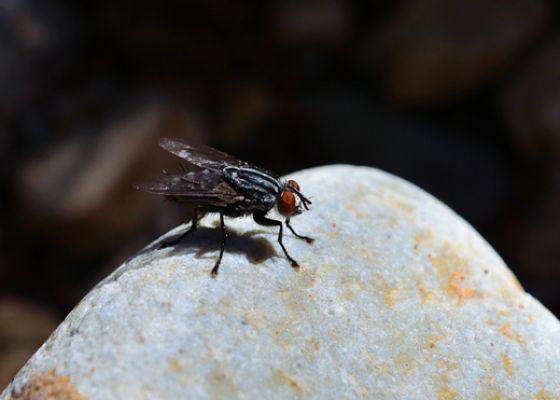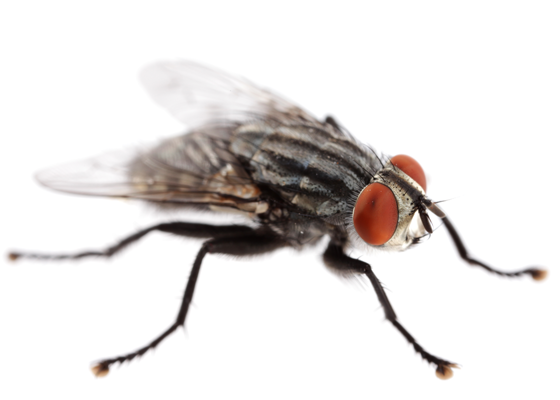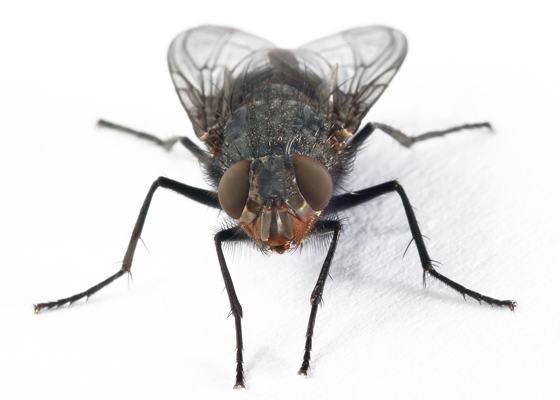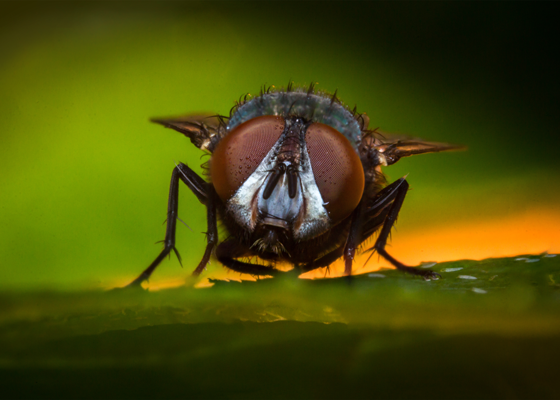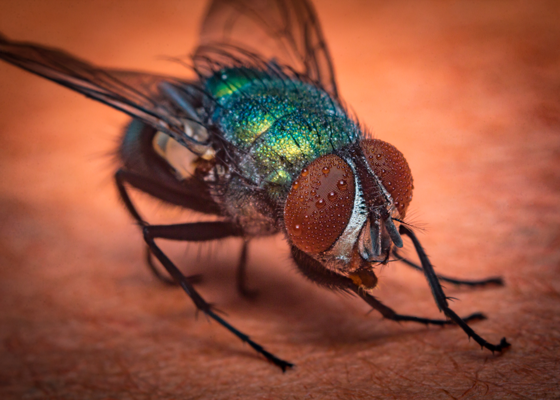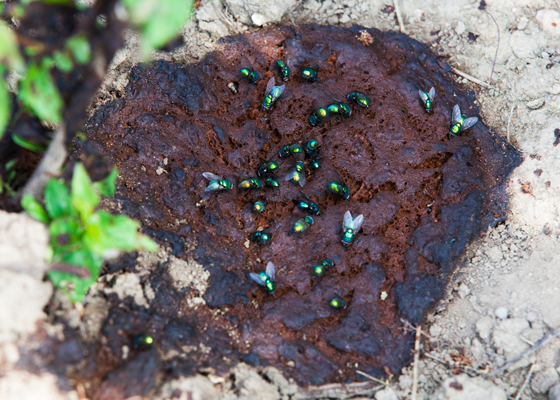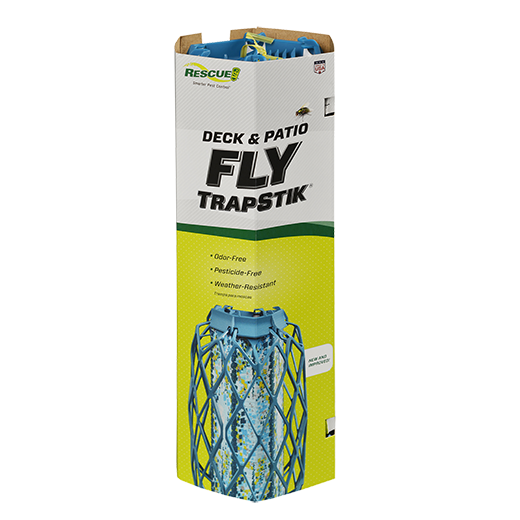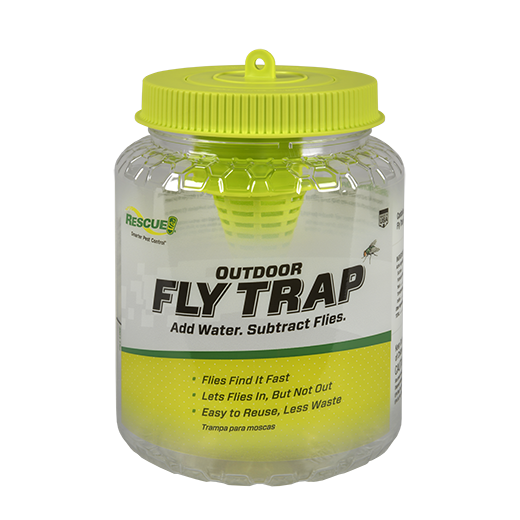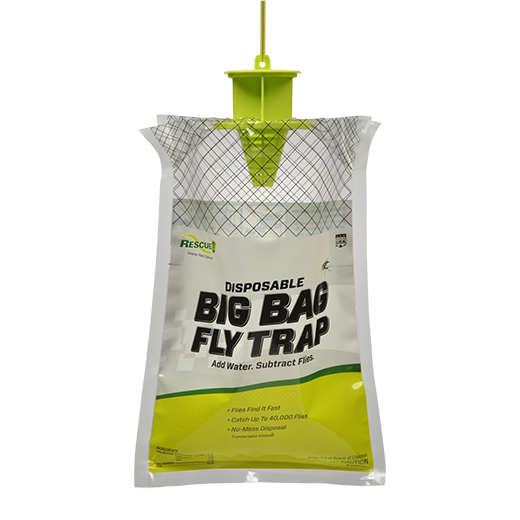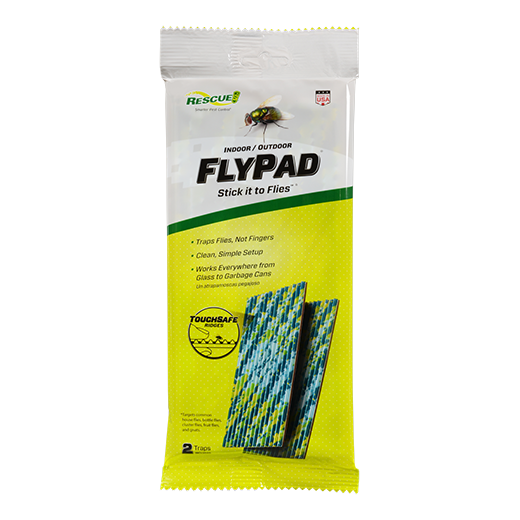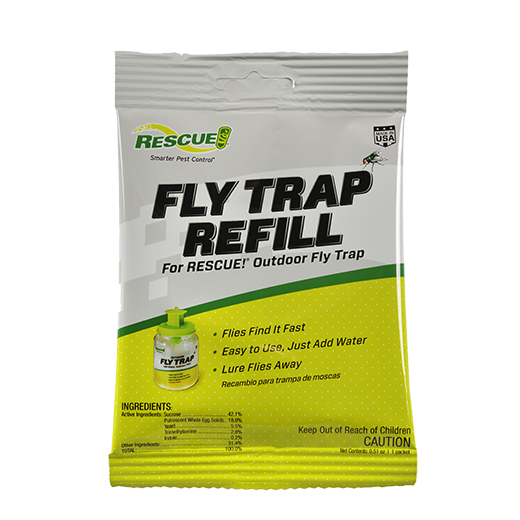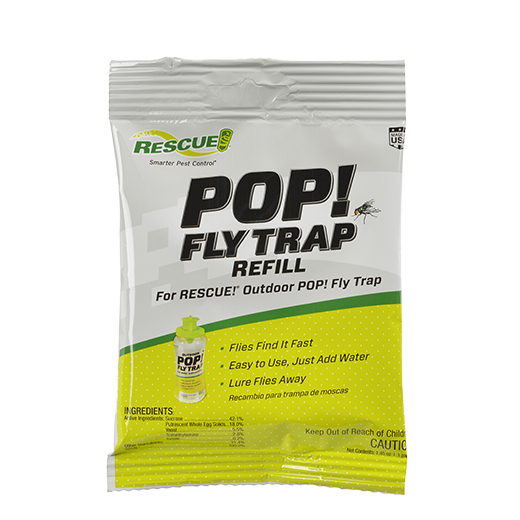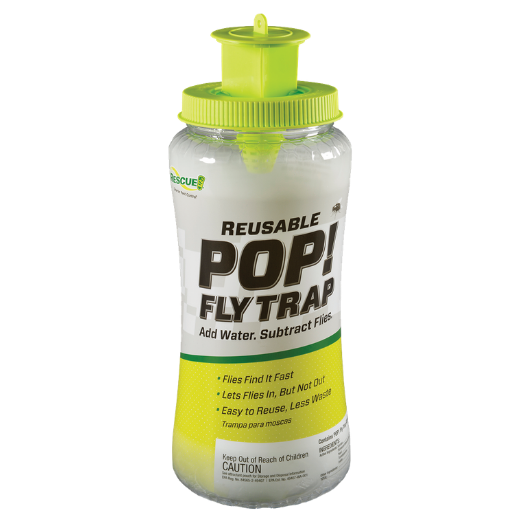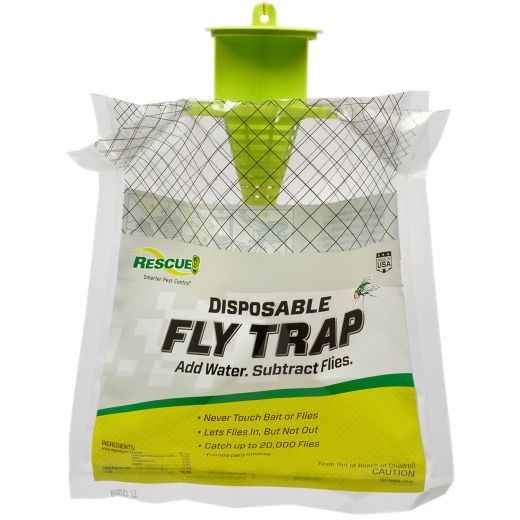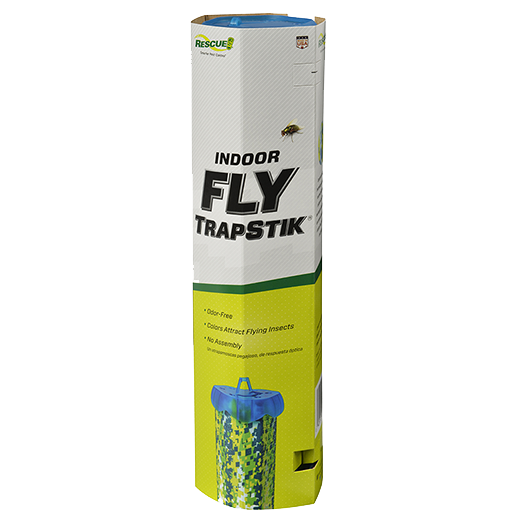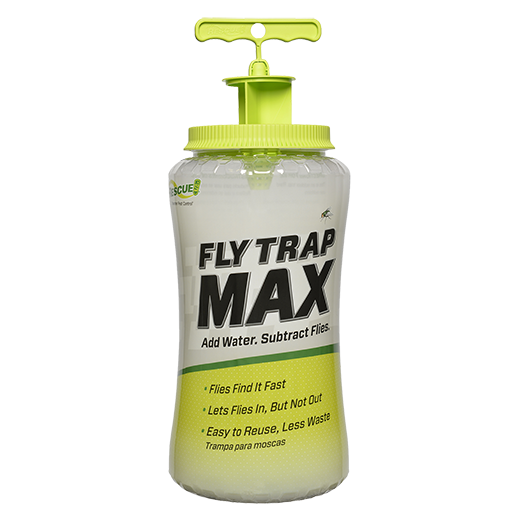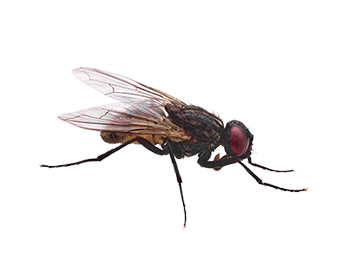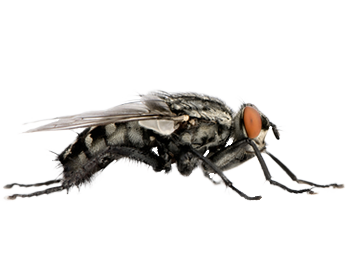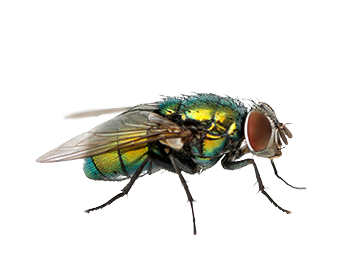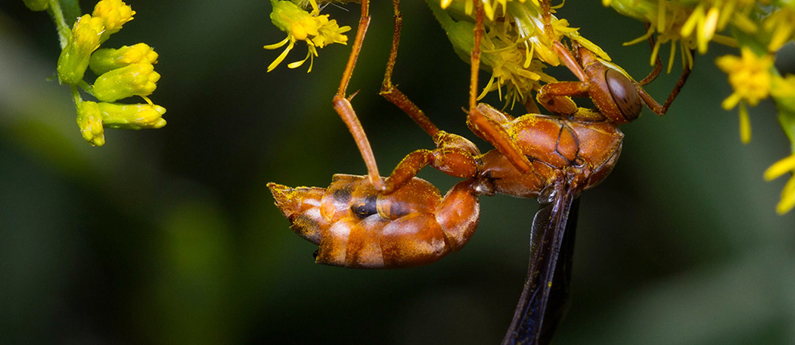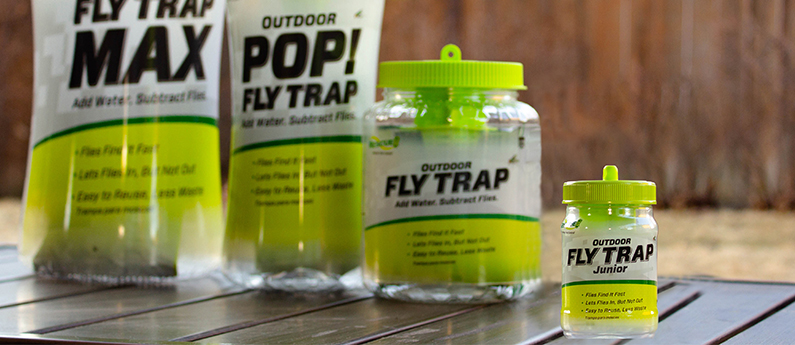Flies
They’re common, annoying and unsanitary. Flies carry all kinds of filth and disease on the surface of their sticky feet.
Around 12% of the known species of insects in the world are flies of various types. Some of those species are actually considered beneficial because they prey on pest insects. However, most of the flies that are found near human and animal habitats are simply nuisances, commonly called "filth flies".
Geographic Region
Originally from central Asia, the common housefly is one of the most ubiquitous insects around the world. Flies are found in temperate regions wherever humans and animals reside, both urban and rural.
Natural Habitat
Flies seek moist organic matter -- garbage, animal feces and compost -- in which to breed and lay their eggs. Horse stables and dog kennels are prime sources of fly infestations. An adult female housefly may lay up to 2,400 eggs in her lifetime. The eggs can hatch into larvae (maggots) in a single day. In hot weather, it can take only eight days for the eggs to complete the life cycle and become adult flies.
Weather Conditions
The warmer the weather, the faster the flies are produced. Fly problems usually worsen during or just after hot spells.
Behavior
Flies land upon any kind of filth and carry it with them because of the sticky surface of their feet. Flies also regurgitate their stomach contents on any surface where they land.
Unique Characteristics
Flies have a mobile head with antennae, a large pair of compound eyes, and a proboscis designed for lapping and sucking. They have claws and pads on their feet which enable them to cling to smooth surfaces.
Related Products
TrapStik, Deck & Patio Fly
Uses our exclusive VisiLure® technology to draw insects with appea...
VIEW PRODUCT »Fly Trap, Reusable
The trap comes with a water-soluble lure pouch. When the jar is filled with warm...
VIEW PRODUCT »Fly Trap, Big Bag
The RESCUE! Big Bag Fly Trap contains a water-activated lure that flies fin...
VIEW PRODUCT »RESCUE! Fly Trap Refill
The RESCUE! Fly Refill works inside the RESCUE! Reusable Fly Trap to l...
VIEW PRODUCT »RESCUE! POP! Fly Trap Refill
The RESCUE! POP! Fly Refill works inside the RESCUE! Reusable POP! Fly...
VIEW PRODUCT »Fly Trap, POP! Fly
The RESCUE! POP! Fly Trap comes with one packet of water-soluble lure packa...
VIEW PRODUCT »Fly Trap, Disposable
Simply cut the clear plastic circle at the very top, following the scissor symbo...
VIEW PRODUCT »TrapStik, Indoor Fly
The Indoor Fly TrapStik uses our exclusive VisiLure® technology&nb...
VIEW PRODUCT »Fly Trap Max
Take catching flies to the MAX. The RESCUE! Fly Trap Max is our biggest fly trap...
VIEW PRODUCT »Common types of Flies
Related Articles
Scammers are becoming more prevalent in online retail stores, making it difficult to know if the products you ordered are authentic. We offer some tips to help you avoid ordering counterfeit products.
Read More »

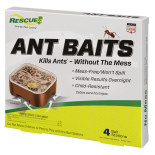 Ant Baits
Ant Baits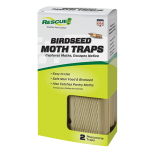 Birdseed Moth Trap
Birdseed Moth Trap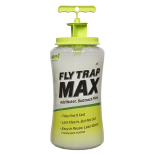 Fly Trap Max
Fly Trap Max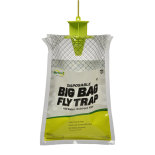 Fly Trap, Big Bag
Fly Trap, Big Bag 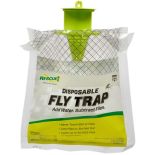 Fly Trap, Disposable
Fly Trap, Disposable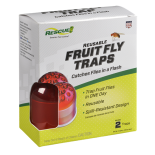 Fly Trap, Fruit Fly
Fly Trap, Fruit Fly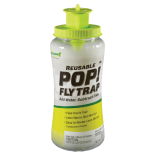 Fly Trap, POP! Fly
Fly Trap, POP! Fly 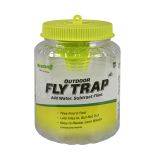 Fly Trap, Reusable
Fly Trap, Reusable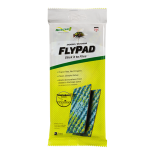 FlyPad
FlyPad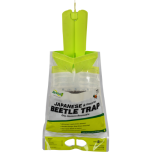 Japanese & Oriental Beetle Trap
Japanese & Oriental Beetle Trap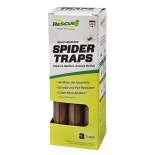 Spider Trap
Spider Trap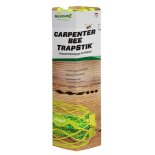 TrapStik, Carpenter Bee
TrapStik, Carpenter Bee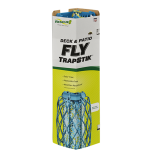 TrapStik, Deck & Patio Fly
TrapStik, Deck & Patio Fly 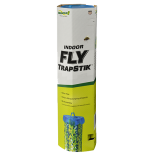 TrapStik, Indoor Fly
TrapStik, Indoor Fly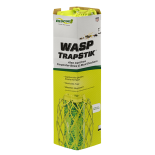 TrapStik, Wasp
TrapStik, Wasp W·H·Y Trap for Wasps, Hornets & Yellowjackets
W·H·Y Trap for Wasps, Hornets & Yellowjackets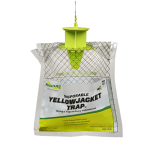 Yellowjacket Trap, Disposable
Yellowjacket Trap, Disposable 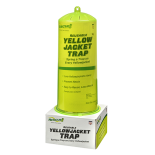 Yellowjacket Trap, Reusable
Yellowjacket Trap, Reusable 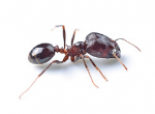 Ants
Ants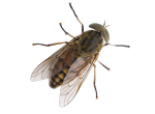 Biting Flies
Biting Flies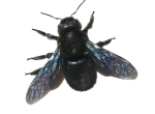 Carpenter Bees
Carpenter Bees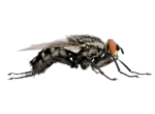 Flies
Flies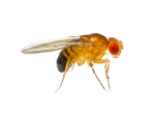 Fruit Flies
Fruit Flies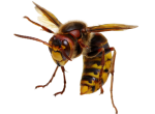 Hornets
Hornets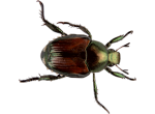 Japanese Beetles
Japanese Beetles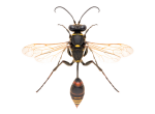 Mud Daubers
Mud Daubers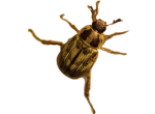 Oriental Beetles
Oriental Beetles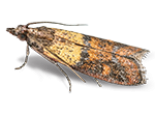 Birdseed & Pantry Moths
Birdseed & Pantry Moths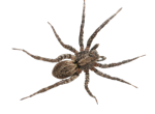 Spiders
Spiders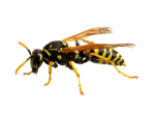 Wasps
Wasps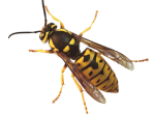 Yellowjackets
Yellowjackets